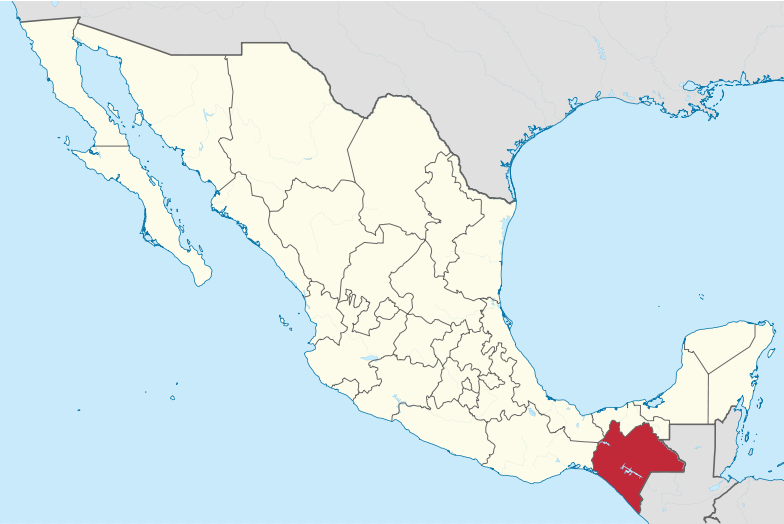
Articles

Mexican States
Southwest United States
Heritage and Governance
Indigenous Mexico and the Spanish Language
Today, more than 7 million of Mexico’s 126 million people speak 364 Indian linguistic variants (dialects), but almost 90% of those people are bilingual, speaking both Spanish and an Indigenous language. Those who do not speak Spanish are called monolingual.
Indigenous Chiapas and the Census
From 1895 to 2015, the Mexican census has painted a picture of Mexico’s people, providing details about languages spoken (Spanish, foreign and indigenous), religion, education, literacy, employment and migration. From the beginning, the Mexican census provided details about indigenous languages spoken by its citizens. However, in the first half century, it is possible that there were undercounts of indigenous language speakers because some may have failed to declare their language status for fear of affecting their position within the community. In addition, poor communications channels with rural, isolated indigenous communities may also have caused an undercount of the indigenous people.
Chiapas: Forever Indigenous
In recent decades, the State of Chiapas – long a neglected and oppressed region of the Mexican Republic – has been thrust onto the world stage and into the media spotlight. The attention given to the political situation in Chiapas has initiated a great interest in the plight of the indigenous people of that state. But an understanding of the present-day situation in this southern state requires a review of its history and its complex ethnic diversity.

Article Categories
- Aguascalientes 14
- Arizona 4
- Baja California 5
- Baja California Sur 2
- California 19
- Campeche 4
- Census 36
- Chiapas 3
- Chihuahua 11
- Coahuila 7
- Colima 1
- Conquistador Chronicles 2
- Durango 2
- Ethnic Identity 40
- Genealogy 35
- Guanajuato 8
- Guerrero 8
- Hidalgo 2
- Indigenous Insights 97
- Jalisco 25
- Mexico City 11
- Michoacan 7
- Morelos 4
- Nayarit 3
- New Mexico 4
- Nuevo Leon 7
- Oaxaca 6
- Politics 10
- Puebla 5
- Queretaro 1
- Quintana Roo 4
- San Luis Potosi 11
- Sinaloa 6
- Sonora 16
- Southwest US 26
- State of Mexico 5
- Tabasco 3
- Tamaulipas 11
- Texas 7
- Tlaxcala 7
- Veracruz 6
- Yucatan 6
- Zacatecas 13




